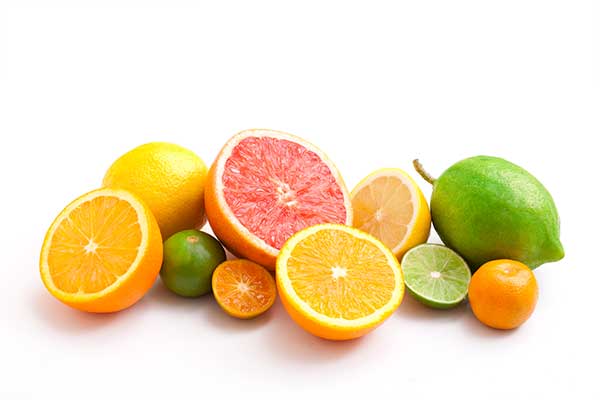 When you think of citric acid, what comes to mind? You may think of the compound that gives lemons their pucker-inducing sour flavor, the chemical that helps tomatoes give you heartburn or the “other” name of the Krebs Cycle you had to study in biology class. Besides causing discomfort for those who consume various fruits or study science, citric acid has roles in food formulation.
When you think of citric acid, what comes to mind? You may think of the compound that gives lemons their pucker-inducing sour flavor, the chemical that helps tomatoes give you heartburn or the “other” name of the Krebs Cycle you had to study in biology class. Besides causing discomfort for those who consume various fruits or study science, citric acid has roles in food formulation.
In the eighth century, a Persian alchemist named Jabir Ibn Hayyan discovered citric acid. When 1794 rolled around, a Swedish chemist, Carl Wilhelm Scheele, figured out how to isolate citric acid from lemon juice. The citrus industry in Italy began to support industrial citric acid production around 1890, and in 1893, C. Wehmer discovered that Penicillium mold could turn sugar into citric acid. Later, in 1917, another chemist, this one an American by the name of James Currie, found that a mold called Aspergillus niger, when fed on a medium containing glucose from molasses and hydrolyzed corn starch, produced citric acid more efficiently than Penicillium. With this, the modern citric acid industrial production was born.1 Today, 1.6 tons of citric acid is produced annually.2
Why the need to produce all this citric acid? It is widely used in food manufacturing in various roles:3,4
- Flavoring: Citric acid lends a sour flavoring to items such as soft drinks and teas. This can enhance flavors or balance out sweetness.
- Preserving: Citric acid is used frequently in products such as canned items, including jams and jellies, meat products, and candy for preservation. It helps to keep foods fresh through its antioxidant property and prevents the growth of bacteria, including botulism.
- Emulsifying: Citric acid can help emulsify ingredients in foods and is used in products such as ice cream in this role.
Soluble in water and absolute ethanol, citric acid can exist in two forms, anhydrous and monohydrate. The anhydrous form will crystallize in hot water and the mono-hydrate in cold. Heating mono-hydrate citric acid to greater than 78 degrees Celsius will turn it to anhydrous citric acid. And citric acid will decompose if heated above 175 degrees Celsius as it loses carbon dioxide and water.5
Citric acid is Generally Recognized As Safe (GRAS) by the U. S. Food & Drug Administration.3 It is one of the strongest acids that are both edible and non-harmful to humans, though it is weak in the realm of acids.6 Additionally, citric acid is congruent with vegetarian and organic requirements and can be certified kosher and halal.3 Therefore, it is widely accepted by consumers in food products.
Recommended Reading
- Citric Acid: An Ancient Souring Agent and Preservative
- Emerging Trends in the Industrial Production of Chemical Products by Microorganisms
- Sources of Food Ingredients: Citric Acid
- Citric Acid
- Citric Acid
- Citric Acid: One of the Most Important Preservatives in the World
The views, opinions and technical analyses presented here are those of the author or advertiser, and are not necessarily those of ULProspector.com or UL Solutions. The appearance of this content in the UL Prospector Knowledge Center does not constitute an endorsement by UL Solutions or its affiliates.
All content is subject to copyright and may not be reproduced without prior authorization from UL Solutions or the content author.
The content has been made available for informational and educational purposes only. While the editors of this site may verify the accuracy of its content from time to time, we assume no responsibility for errors made by the author, editorial staff or any other contributor.
UL Solutions does not make any representations or warranties with respect to the accuracy, applicability, fitness or completeness of the content. UL Solutions does not warrant the performance, effectiveness or applicability of sites listed or linked to in any content.


